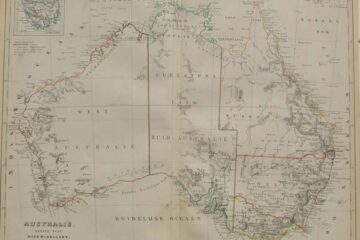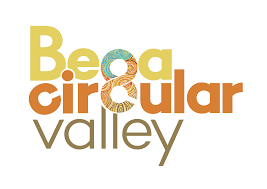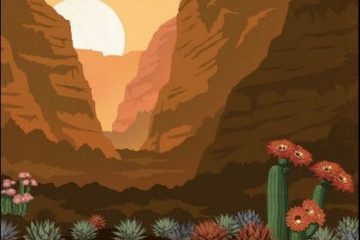In 2022 I explored the south western part of the Gulf of Carpentaria. We were at the mouth of the Norman River at Karumba. The Dutch explores didn’t come that far south in the Gulf. Nevertheless we got an idea of the landscape and in particular the endless savanna along the coast that would have looked the same to the explorers and would have caused them some despair of finding anything worthwhile for their company the VOC.
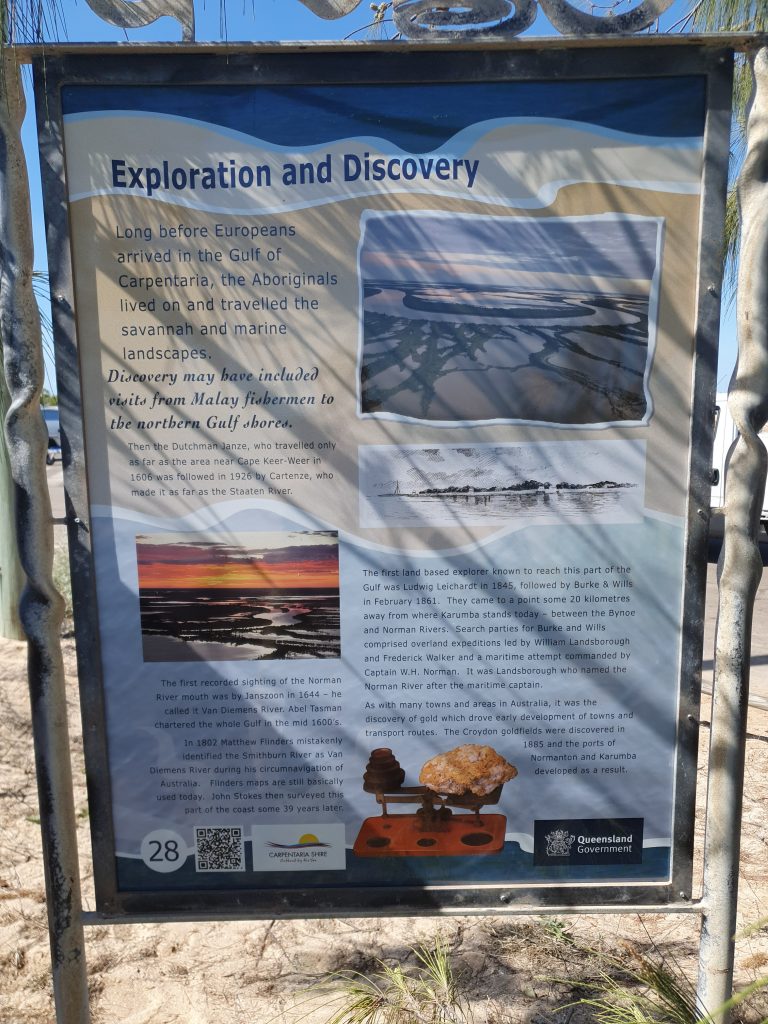

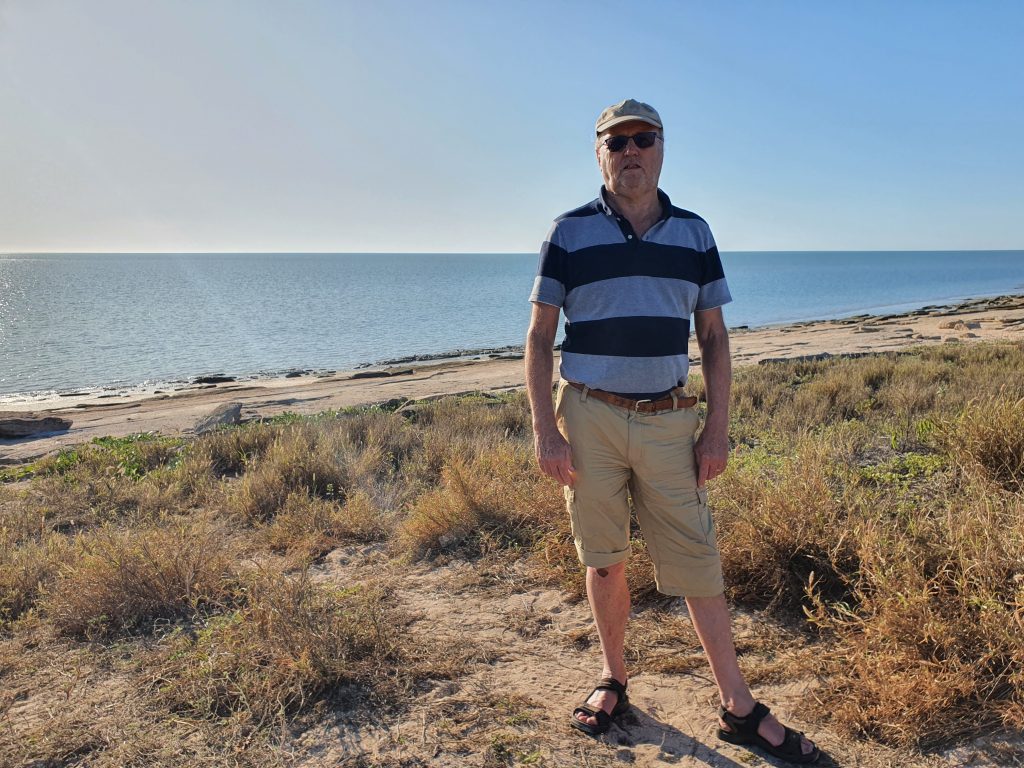
Willem Janszoon on the Duyfken.
The first documented and undisputed European sighting of and landing in Australia was in late February 1606, by the Dutch navigator Willem Janszoon aboard the Duyfken. Janszoon charted the Australian coast and met with Aboriginal people. Janszoon followed the coast of New Guinea, missed Torres Strait, and explored and then charted part of the western side of Cape York, in the Gulf of Carpentaria, believing the land was still part of New Guinea.
On 26 February 1606, Janszoon and his party made landfall near the modern town of Weipa and the Pennefather River but were promptly attacked by the Indigenous people. Janszoon proceeded down the coast for some 350 km. He stopped in some places but was met by hostile natives and some of his men were killed.
At the final place, he initially had friendly relations with the natives, but after he forced them to hunt for him and appropriated some of their women, violence broke out and there were many deaths on both sides. These events were recorded in Aboriginal oral history that has come down to the present day. Here Janszoon decided to turn back, the place later being called Cape Keerweer, Dutch for “turnabout”.
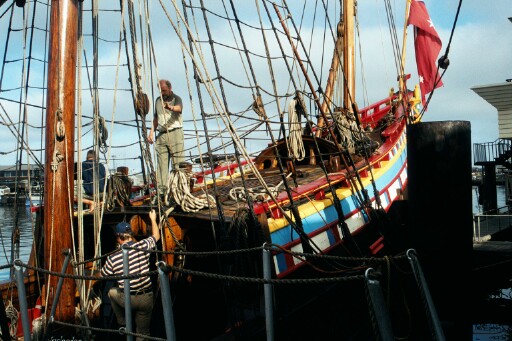
In the late 1990s an enthusiastic group of volunteers started to built a replica of the Duyfken and this boat has been sailing along the Australian coast and recently did find its permanenthome at the Australian National Maritime Museum in Sydney. In 2006 when it was moored in the harbour of Freemantle they needed people who during the night would stay on the Duyfken. Together with my Dutch friend Fred Kappetijn we stayed the night on the ship. I still remember the cracking of the ship while floating on slight swell of the water as well as smell of ropes and tar.
Janszoon Carstensz – 1623
In 1623, Janszoon Carstensz was commissioned by VOC to lead an expedition to the southern coast of New Guinea and beyond, to follow up the reports of further land sighted by Janszoon in his 1606 voyages to the south.
Setting off from Amboyna in the Dutch East Indies with two ships, the Pera and Arnhem (captained by Willem Joosten Van Colster), he traveled along the south coast of New Guinea, then headed south to Cape York Peninsula and the Gulf of Carpentaria. On 14 April 1623, he passed Cape Keerweer. Landing in search of fresh water for his stores, Carstensz encountered a party of the local indigenous Australian inhabitants, who he described as “poor and miserable looking people” who had “no knowledge of precious metals or spices”. On 8 May 1623, Carstensz and his crew fought a skirmish with 200 Aborigines at the mouth of a small river near Cape Duyfken (named after Janszoon’s vessel which had earlier visited the region) and landed at the Pennefather River. Carstensz named the small river Carpentier River, and the Gulf of Carpentaria in honour of Pieter de Carpentier, Governor-General of the Dutch East Indies. Carstensz reached the Staaten River before heading north again. The Pera and Carstensz returned to Amboyna while the Arnhem crossed the Gulf of Carpentaria, sighting the east coast of Arnhem Land.
In 1988 I traveled from Darwin through Kakadu to to the edge of Arnhem Land (named after the ship and the town with the same name in the Netherlands).

The circuitous Arnhem Land escarpment, a dramatic 30m- to 200m-high sandstone cliff line, forms the natural boundary between Kakadu and Arnhem Land and winds 500km through eastern and southeastern Kakadu.
Paul Budde
